
Chobimura: Tripura’s Mystical Rock Carvings
Our trip to Tripura in the balmy days of April 2023 showed us a surprising glimpse of the cultural richness and natural splendor that the Northeast India has to offer. Agartala, the capital of the state, served as our springboard for a riveting day trip to Chobimura, a hidden valley nestled along the Gomti river.
This secluded enclave is renowned for its exceptional relief carvings that adorn the cliffside—an artistic marvel affectionately known as Devtamura, or the hill of the gods.
Boat ride through the pristine river
We embarked on a motorboat journey offered by a unique self-help group. Comprising former insurgents who had transitioned from conflict to becoming custodians of cultural heritage, these guides breathed life into the region’s tales.
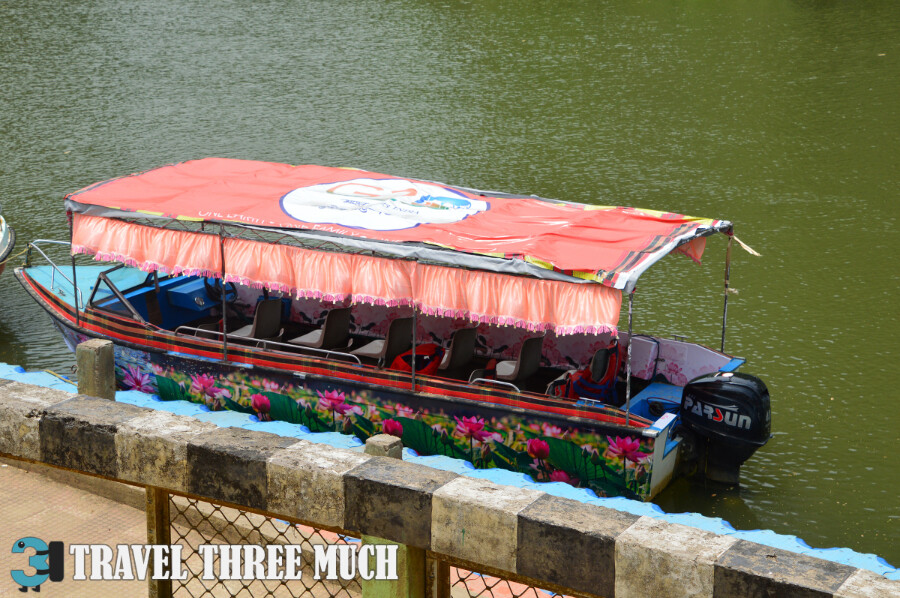
Some price info: The cost of the boat ride was a nominal INR 150 per person, with each boat accommodating up to 10 passengers. For a more exclusive experience, the entire boat could be hired for INR 1500—a fee that could be haggled over or slightly discounted in the absence of other passengers.
As our boat glided gracefully along the undulating river, Chobimura unfurled before us like a reel of scenes from a tropical rainforest documentary.
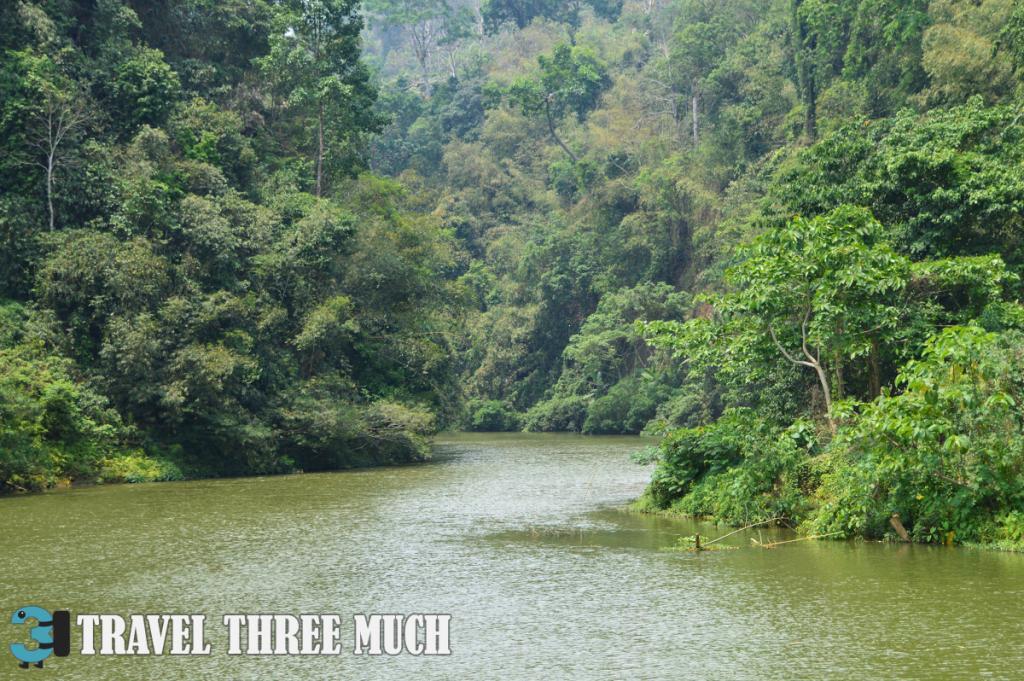
The air reverberated with a symphony of birdsong and mysterious animal sounds, crafting an immersive ambiance that heightened the allure of the natural panorama. The lush greenery on the banks even at the height of the Indian summer was astonishing.
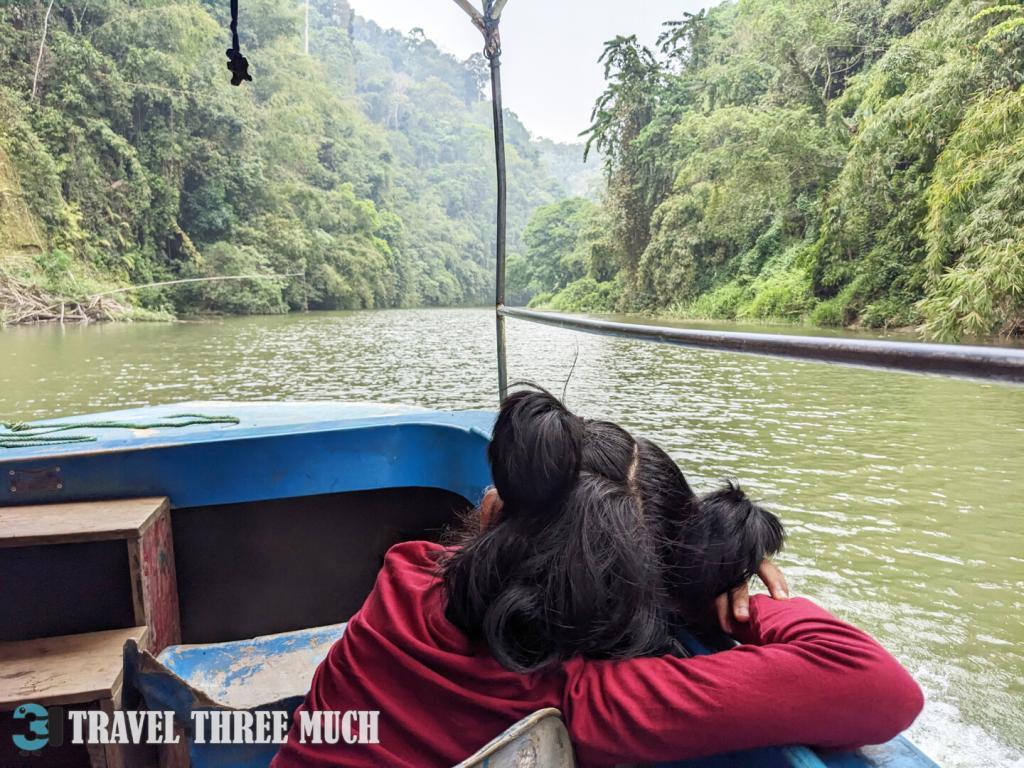
Panchdevta
The initial panel, positioned to the right as we ventured deeper into the valley, unveiled the Panchdevta—the five principal deities of Hinduism. Shiva, Vishnu, Kartikeya, Ganesha, and Devi were depicted regally atop their respective mounts, symbolizing the intricate diversity within the various branches of Hinduism. The elaborate carvings beautifully encapsulated Smaartham, harmonizing Saivism, Vaishnavism, Kaumaram, Ganaapatyam, and Shaaktam.
Progressing further, we encountered a panel depicting a royal procession, a regal pageantry featuring, possibly, a queen on a palanquin. Surrounding her, 37 individuals engaged in dance and musical performances, adding a vibrant tapestry to the tableau.
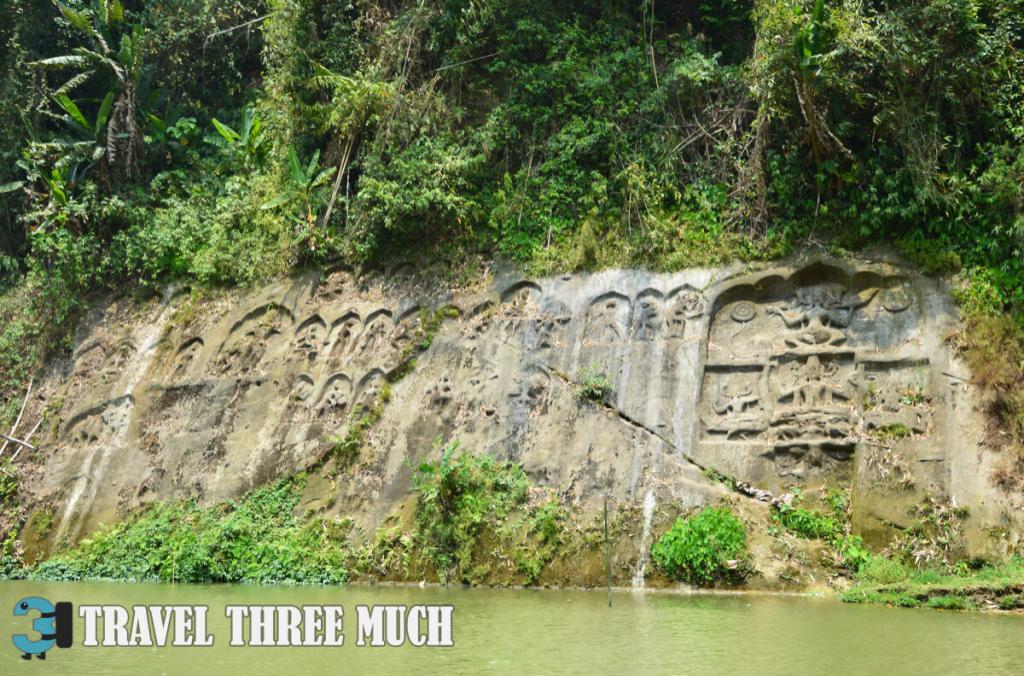
The subsequent panel depicted Shiva on his mount, Nandi the bull, with Shiva holding the Damru—a two-headed drum. The transitions between panels became timeless interludes, the boat gently meandering through the valley as we lost ourselves in the narrative woven into the rocks.
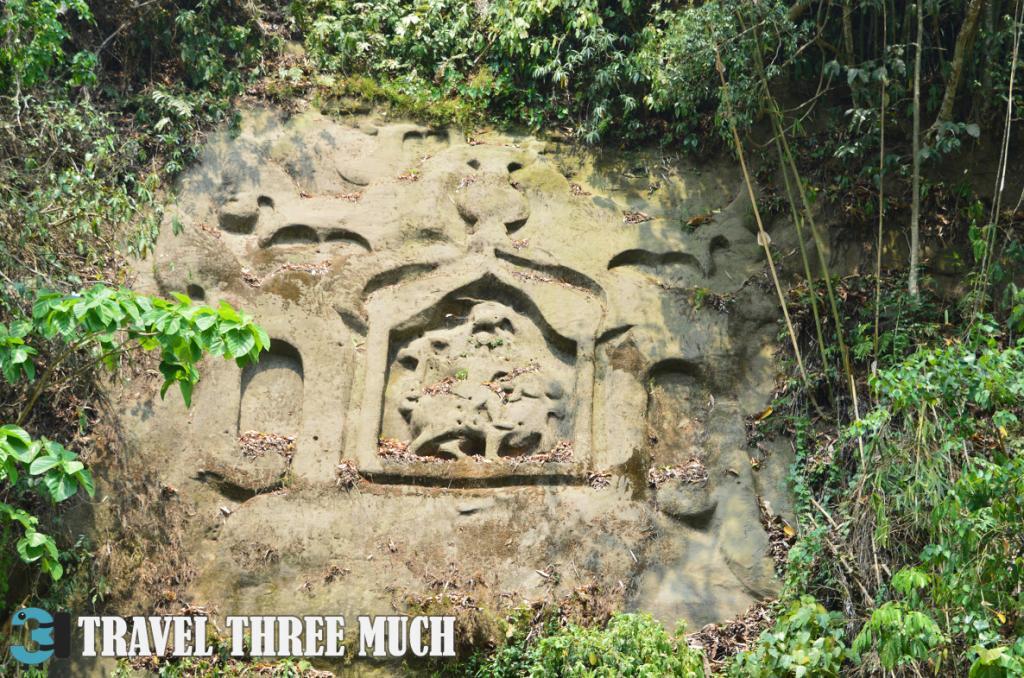
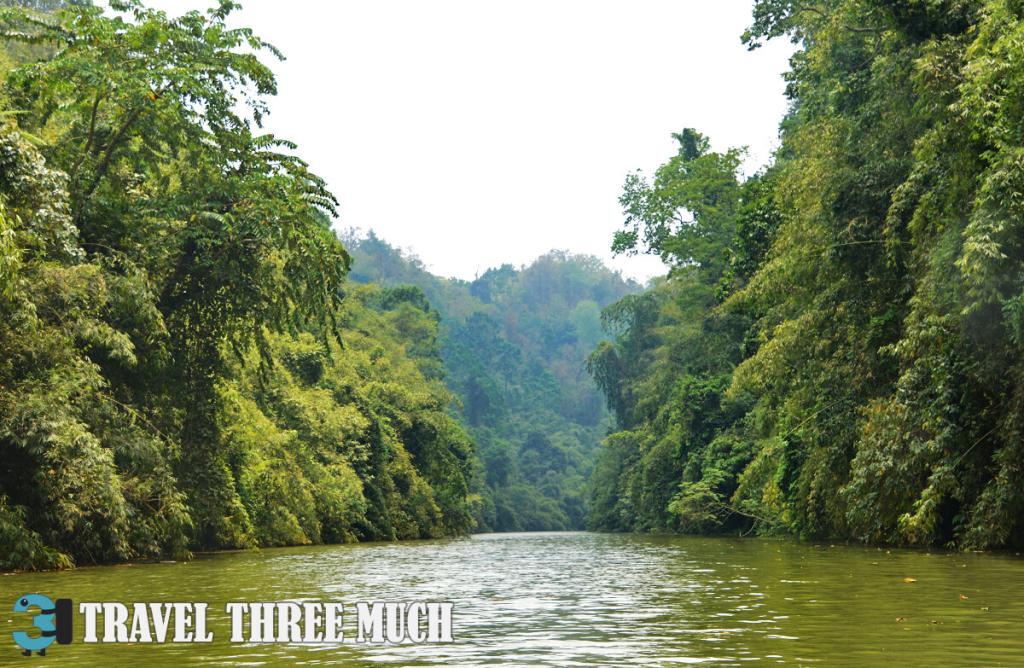
Mahishasuramardhini
The zenith of Chobimura’s artistic repertoire emerged in the form of a colossal carving portraying Mahishasuramardini, a fierce incarnation of the goddess Durga. The ten-armed deity gripped the demon Mahishasura’s hair, pulling back its head while another arm descended to behead the mythical adversary.
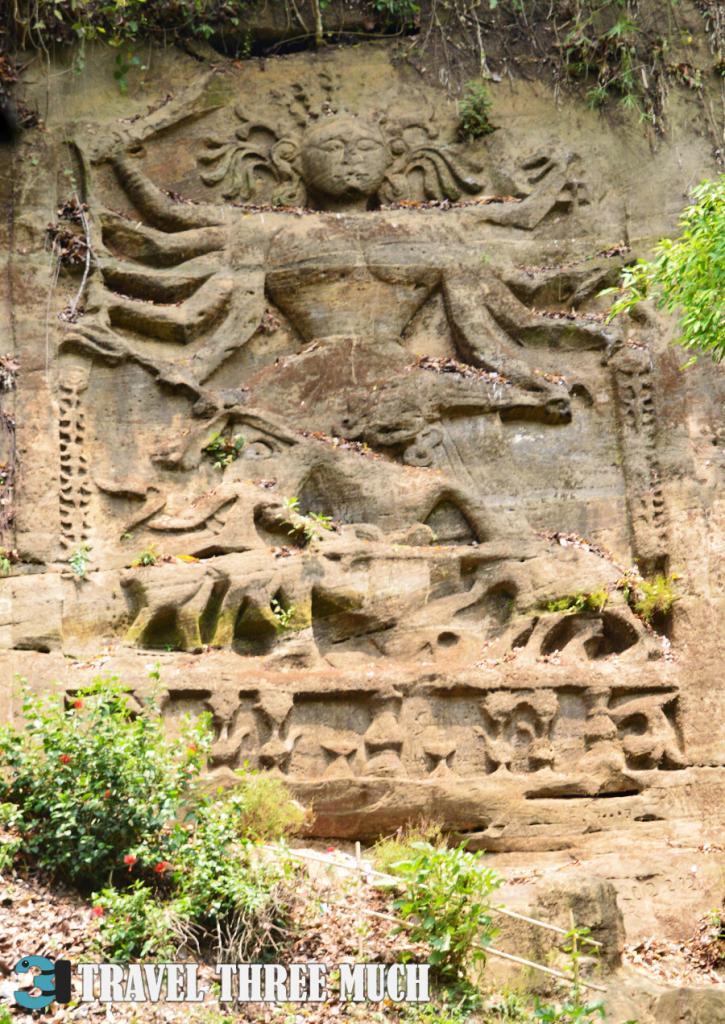
This monumental creation, locally referred to as Chakrakma, remained not merely a relic but a living site of worship where locals continued to offer their devotion. We stopped here for a while and stepped out on to the platform hewn out of rock in front of this carving for a closer look at the deity.
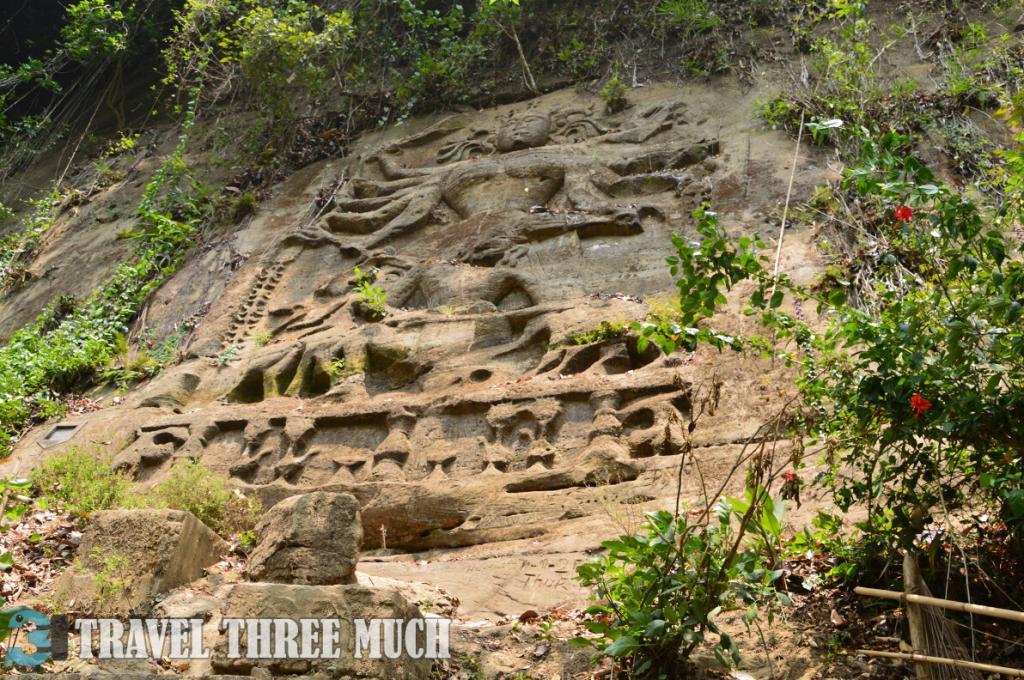
Our boat voyage continued, leading us to a makeshift jetty constructed from floating plastic panels.
Walk in the forest
According to the lore shared by our guides, in the absence of documented origins of the carvings, dated to 15th or 16th century CE, many legends surround Chobimura and the lack of any permanent dwellings in the vicinity of the valley. Most of the legends point to the Jamatia king – Chingchingfa.
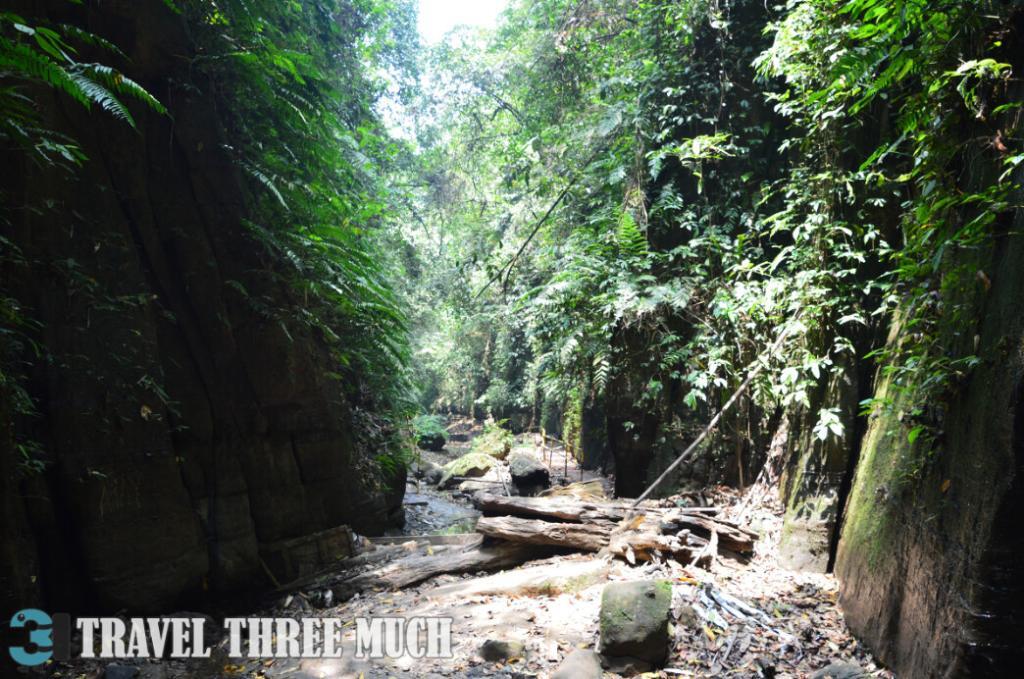
Pursued by adversaries, the king sought the protection of a deity and, in exchange, commissioned the creation of these panels. Many a treasure hunter had dared to retrieve the king’s wealth, only to incur the deity’s wrath and remain oblivious to the treasure’s concealed whereabouts.
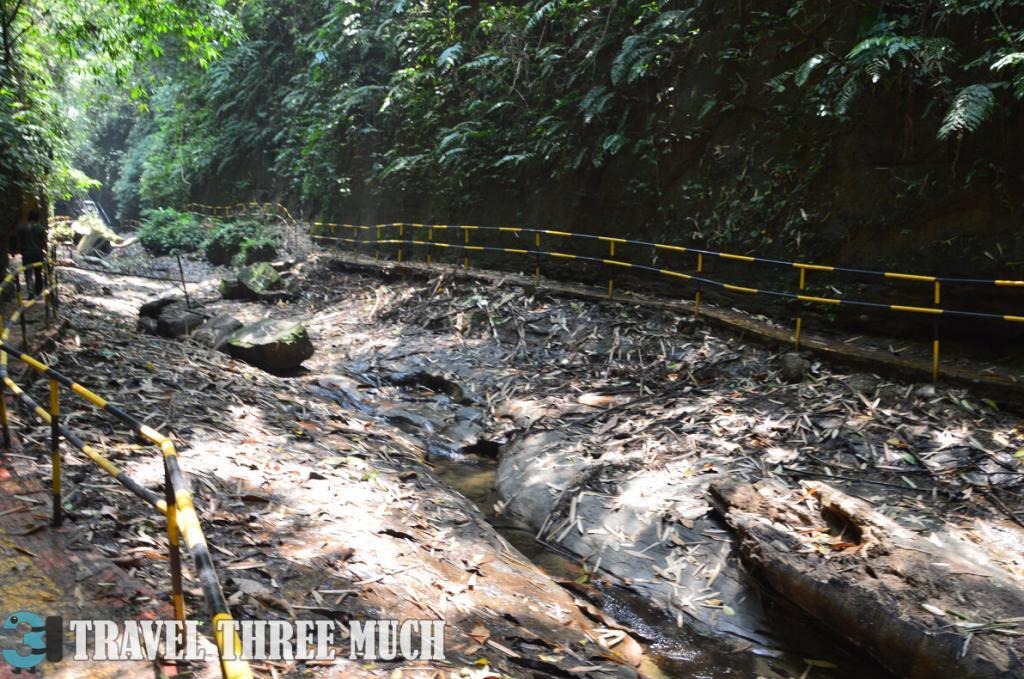
Similarly, lurking in the valley after nightfall, we were cautioned, would invoke the deity’s wrath, a testament to the sacred aura that envelops Chobimura.
Our guides, former insurgents now turned storytellers, led us into the verdant embrace of the jungle to explore a couple of caves.
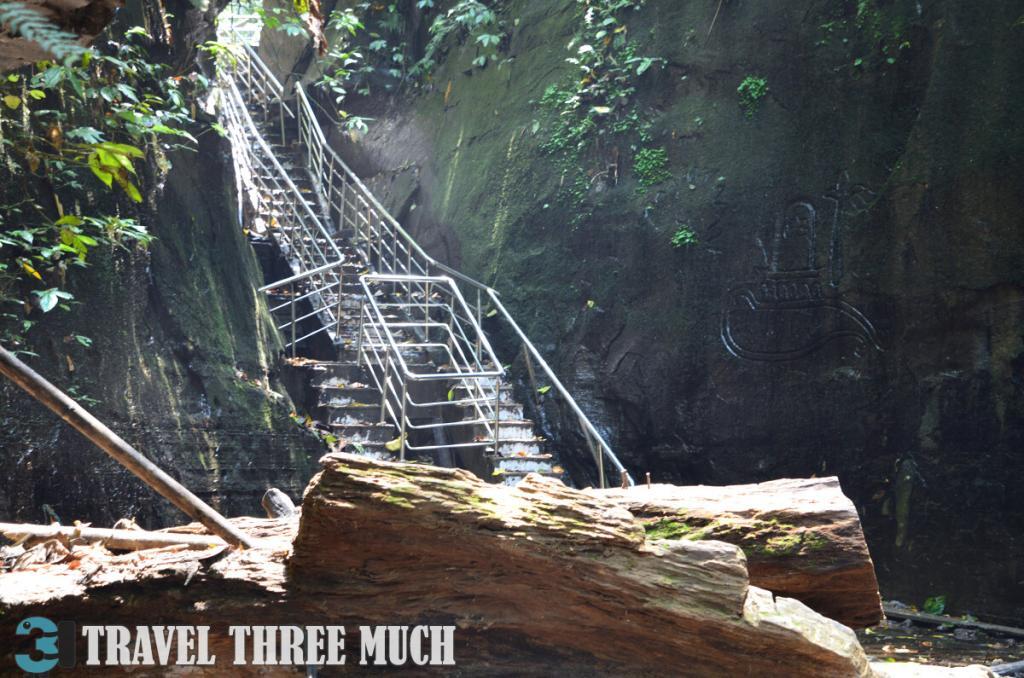
They regaled us with tales of intrepid experts who, attempting to film documentaries in these caves, encountered mysterious equipment failures and eerie sounds that compelled them to abandon their efforts.
Exploring the areas around the caves, we came across the images of what appeared to be a linga form of Shiva with a trident motif adjacent to it—a cryptic addition to the mystique of Chobimura. As the day waned, we retraced our steps back to the waiting boat and, eventually, to Agartala.
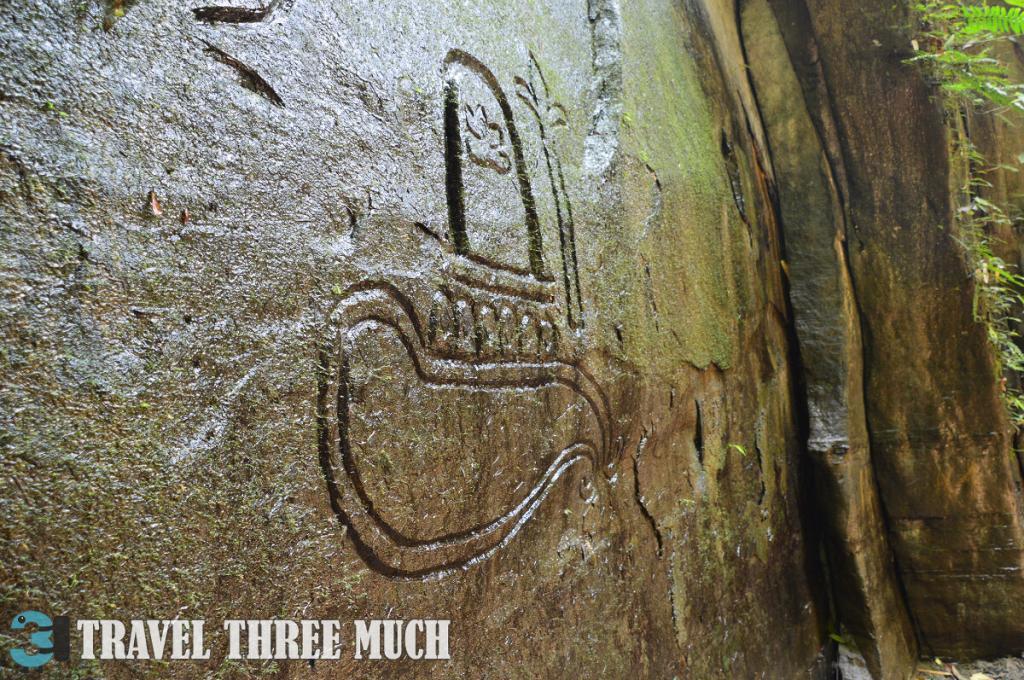
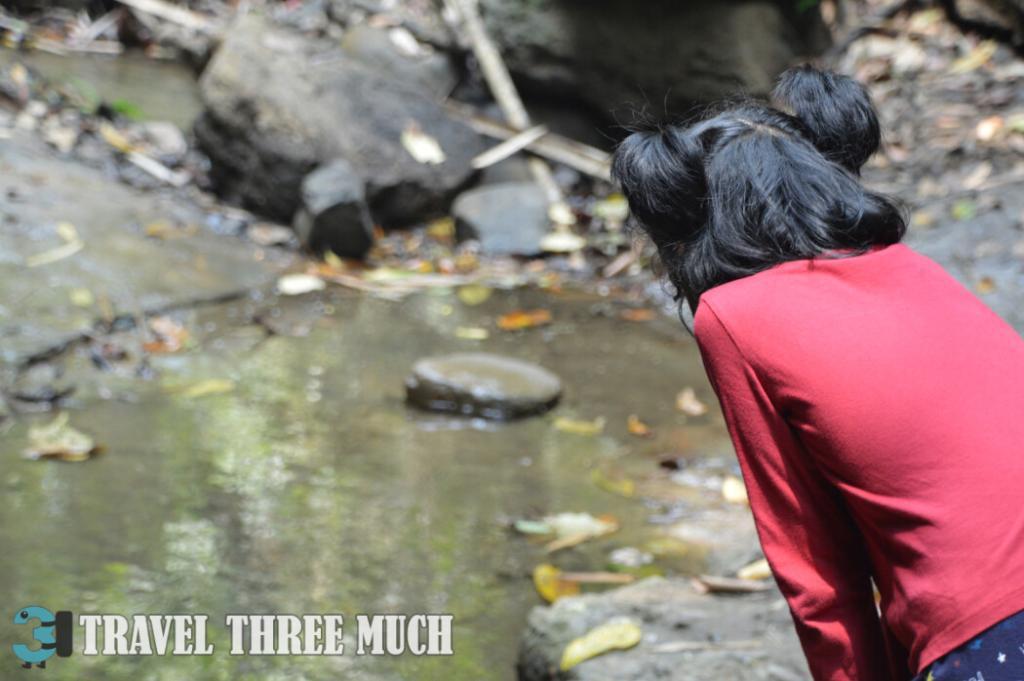
The enchantment of Devtamura lingered—a fusion of serenity, magnificence, and the enigmatic ambiance that enveloped this aptly named hill of the gods. Our sojourn was not merely a tourist’s tale; it was an immersion into the cultural tapestry and natural wonders that define Tripura, leaving an indelible mark on our memories.


